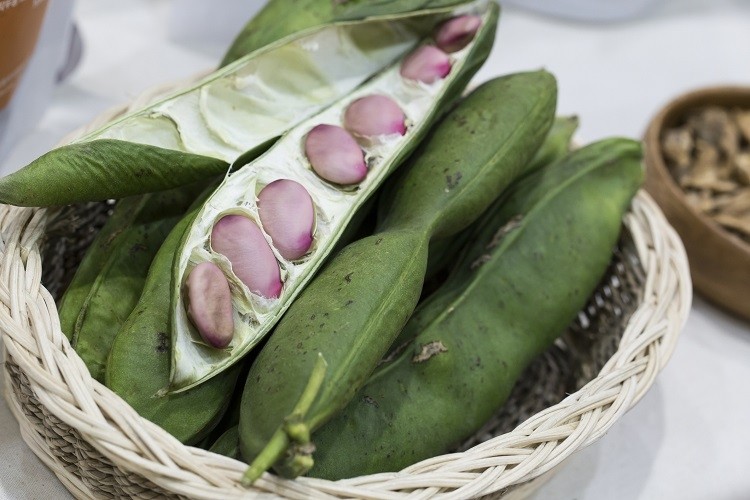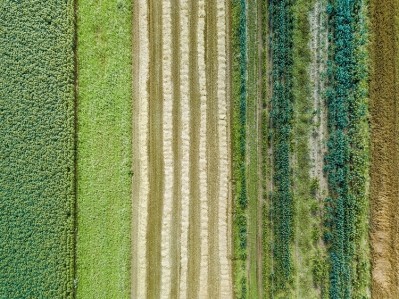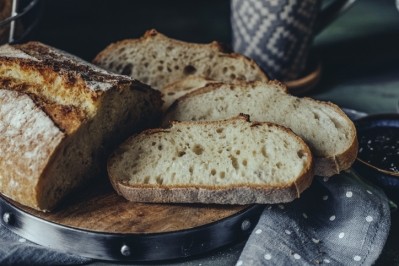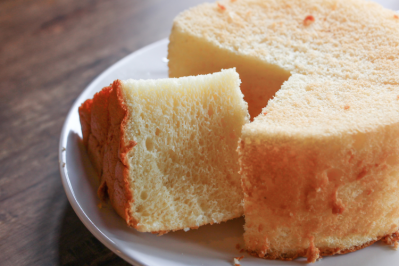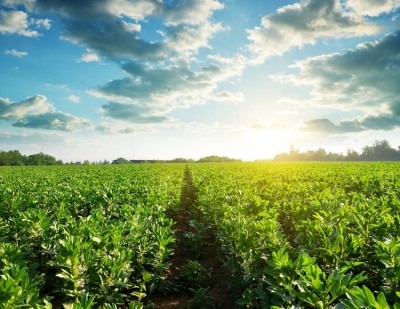Could faba replace soy flour in bread for homegrown protein boost?
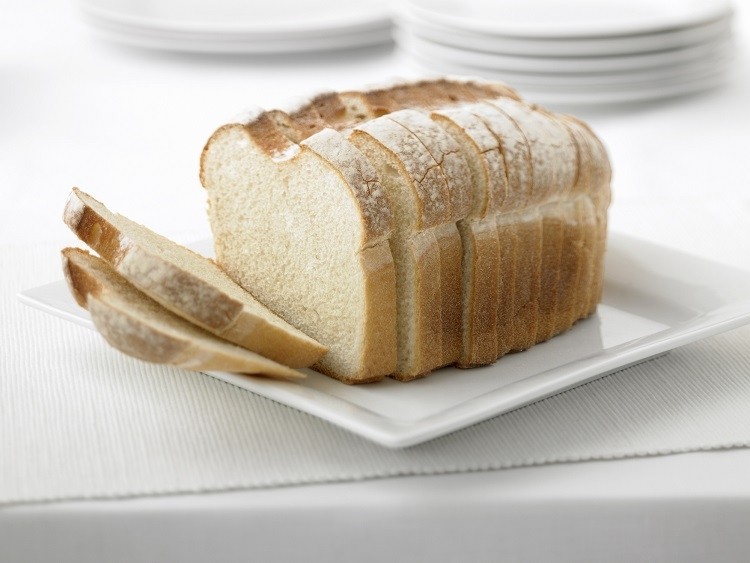
Is faba bean the greatest thing since sliced bread? According to researchers in the UK, homegrown vicia faba – otherwise known as broad bean, fava bean or faba bean – could be the greatest thing in sliced bread.
A new project from researchers at the University of Reading, the University of Leeds, and Rothamsted Research, is investigating whether the legume has the potential to increase the nutritional profile of one of the UK’s favourite staples.
Do consumers like faba beans?
It is estimated that one-quarter of the world’s greenhouse gas (GHG) emissions result from food and agriculture. Animal agriculture is though to account for at least half of all food-related GHG emissions.
Swapping out some meat-based protein for plant-based alternatives can help mitigate against climate change. Yet in the UK, very little protein in people’s diets comes from plants.
According to recent data from the National Diet and Nutrition Survey, the majority of protein in adults’ diets comes from meat and meat products (34%), and cereal and cereal products (24%) – such as bread and breakfast cereal.
Milk and egg products account for 13% of protein intake, while vegetables and potatoes – including legumes and pulses – account for just 8%.
For reasons related to both human and planetary health, this statistic needs to increase. Researchers taking part in the ‘Raising the Pulse’ project, funded by the UKRI’s Transforming UK Food Systems Strategic Priorities Fund Programme, see a potential solution in faba.
“Faba beans are adapted to the UK climate and we’ve been growing them successfully for the past few decades,” explained Dr John Hammond, Professor of Crop Science at the University of Reading.
“We’ve seen a relatively steady increase in production of faba beans over the last 30 years and that’s mirrored by an increase in the area we’ve been growing that production,” he told delegates during a webinar on sustainable UK protein crop production yesterday.
Of that production, 60% goes into human value chains, but not to UK consumers. Most is exported to Egypt, North Africa, and the Middle East, he explained. “The UK consumer is not a big fav of faba bean in raw form and doesn’t consume a huge amount.”
Substituting soy for faba
The Raising the Pulse project is looking to change that, by taking a three-pronged sustainability approach to the issue.
“It’s important that we address the sustainability issue of any intervention forthcoming. That’s not just environmental sustainability, but also economic and social,” stressed Dr Hammond. That means there must be financial inventive for farmers, processors, retailers and consumers.
Further, it must be ensured that consumes are open to any new faba bean-based products developed and likely to purchase them.
To make a significant impact, the Raising the Pulse project is focused on improving the nutritional and environmental footprint of one of the most-consumed products in the UK: bread.
Bread is consumed by 96% of the UK population and contributes to 12% of caloric energy in UK diets.
Commercial bread products often contain a blend of wheat (around 97%) and soy (around 3%) flours. While the UK is self-sufficient in wheat flour cultivation and production, the same cannot be said for soy. “We rely on importing soy flour as an additive in bread products to help with the baking and rise of the loaf,” Dr Hammond explained.
Raising the Pulse wants to create a homegrown market for faba bean flour to replace soy flour in bread. “That will help improve the environmental footprint of the farming operation – because it will be locally sourced – and improve the nutritional quality of bread in the process.”
Stabilising and improving yield
Raising the Pulse is taking a co-creation approach – involving all actors in the value chain from farm to fork – to help demonstrate nutrition and environmental benefits of the project.
“We’re integrating a number of stakeholders and partners in this process, from government agencies and advocacy groups to processors and bakers and retailers, so we can ensure that at every stage there is buy-in and acceptability for what we’re doing.”
The first stage of the process concerns faba bean production. Over the last 30 years, a slight increase in yield per hectare has been observed. If the potential of faba bean is to be ‘maximised’, famers need a more attractive trajectory.
Variability in faba bean crop yield is one the key reasons farmers are deterred from cultivating the legume, alongside market uncertainty and bean product quality, the researcher explained.
“We’ll be working extensively with farmers and field trials to try and improve that stability and yield, ensuring we’ve got good quality crops for processing.”
One part of the project, for example, has stimulated greater Rhizobium bacteria functions in the faba bean roots. In cohabiting with the plant, the bacteria begin to fix the nitrogen.
Essentially, this means the plant is supplied with its own nitrogen, with some left over for the next crop in the following season.
Preliminary data suggests a yield benefit in some varieties of faba beans, but not all. The researchers want to investigate, on a larger scale, where that variability is coming from and how they can stabilise it.
Challenges and opportunities in bread
In the processing phase of the project, researchers are comparing the nutrition and functionality profiles of white bread loaves. A control loaf containing 100% wheat flour has been tested against a 97% wheat/3% faba flour loaf and a 75% wheat/25% faba loaf.
‘Very’ preliminary findings suggest that the 3% faba flour loaf contains ‘very similar’ values in terms of volume, protein, carbohydrate, and fibre content. “So, we don’t think there are any significant benefits from making this swap,” Dr Hammond told delegates.
The 25% faba bean flour loaf, however, has potential benefits in terms of protein and fibre content – which is a ‘major’ nutritional deficiency in many of our diets, we were told. Indeed, 90% of the UK population consumed an average 18g/day compared to a recommended 30g/day.
Some hurdles will need to be overcome, however. When 25% faba bean flour was incorporated into the loaf, a ‘negative impact’ on colour was observed.
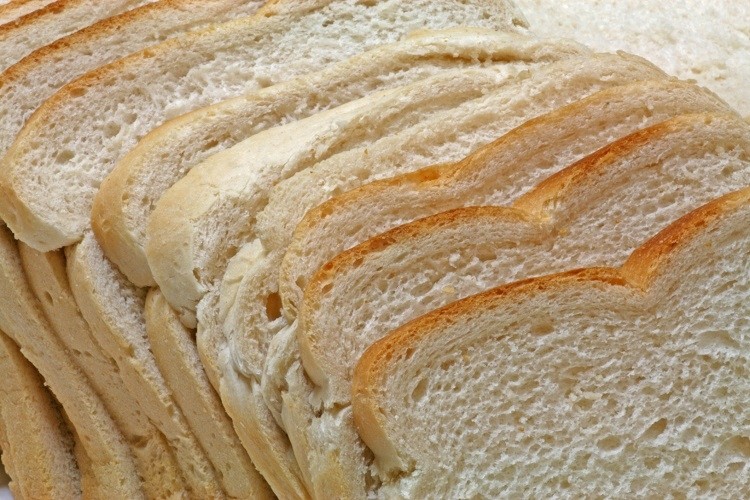
The researcher also confirmed a ‘taste difference’ which may need to be addressed. “We know that faba beans have off-notes associated with them. As part of the faba bean research…we’ll be looking at the genes and chemicals that create those off-notes and how we can reduce those, either through breeding or processing.
“There wasn’t any noticeable difference in the 3% [faba bean flour loaf].”
Bioavailability is another area of interest. The researchers are testing for iron and protein bioavailability in human trials to determine how benefits can be enhanced.
Policy potential
The last phases of the project will be centred around consumer acceptance and environmental sustainability.
“We’ll be introducing these breads and other faba bean-based products into canteens and food outlets on campus, alongside traditional products, and looking at willingness to purchase and willingness to pay…in a real setting,” Dr Hammond explained.
Life cycle analyses will help quantify the environmental impacts of these products and help bring the project findings into an ‘advisory setting’ for farmers, producers, and for policy, “so that we can start to influence and suggest how we can make a change from a policy perspective at the UK level…”
